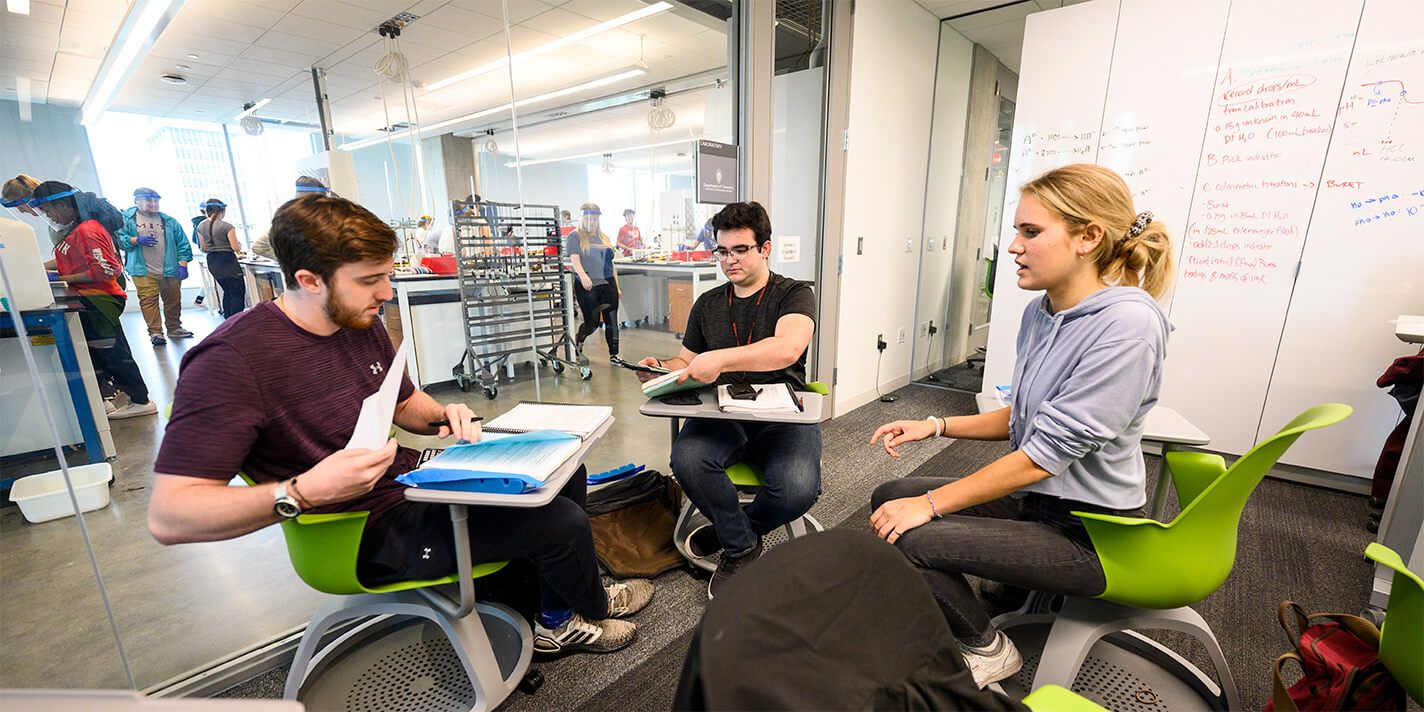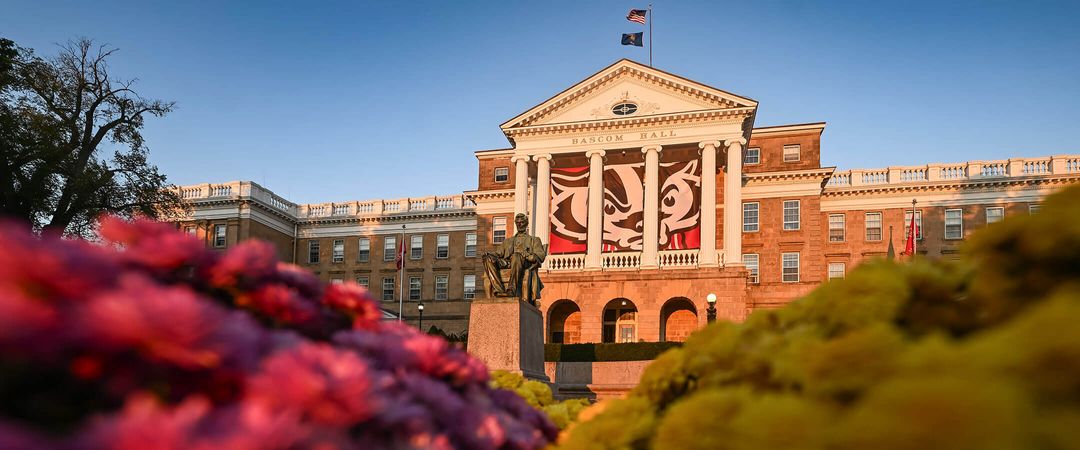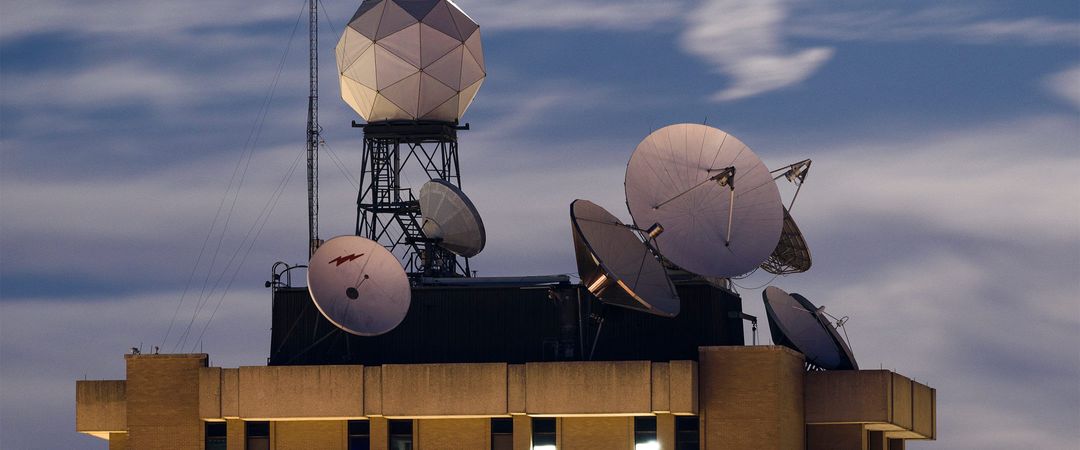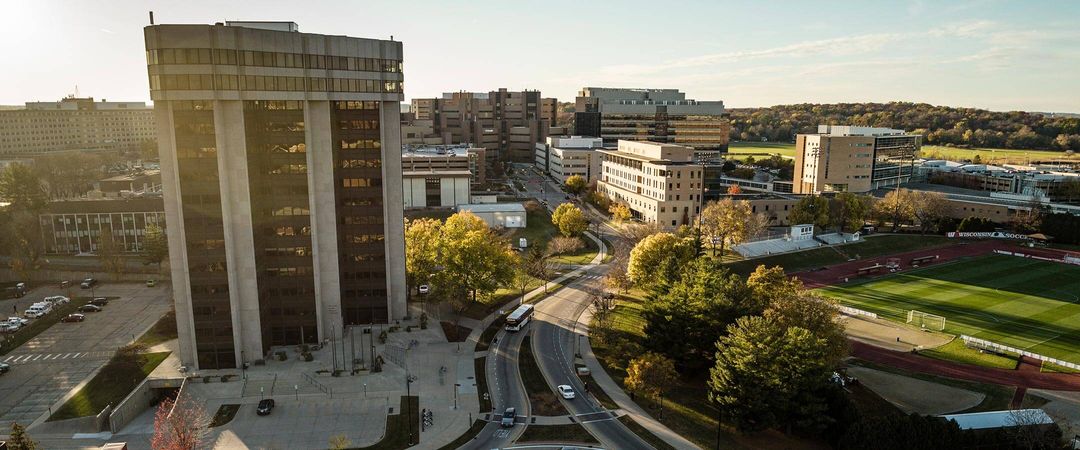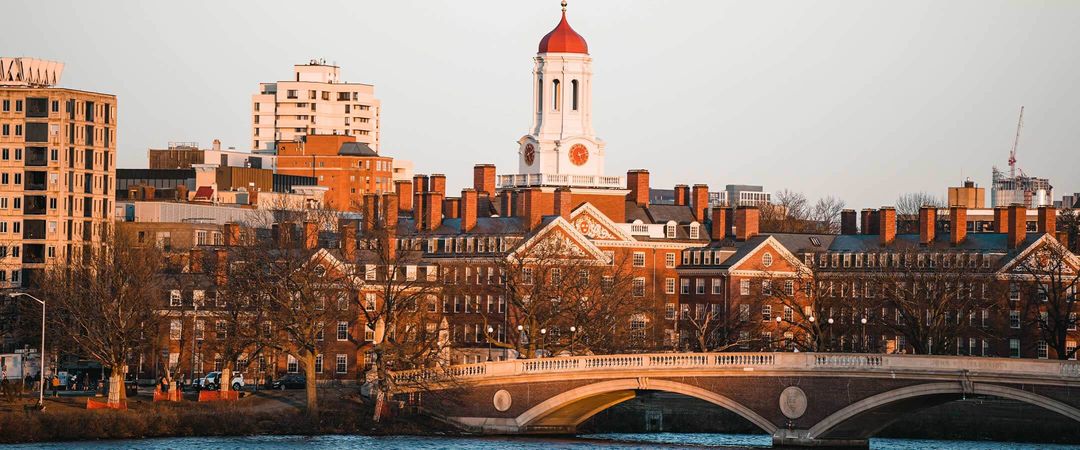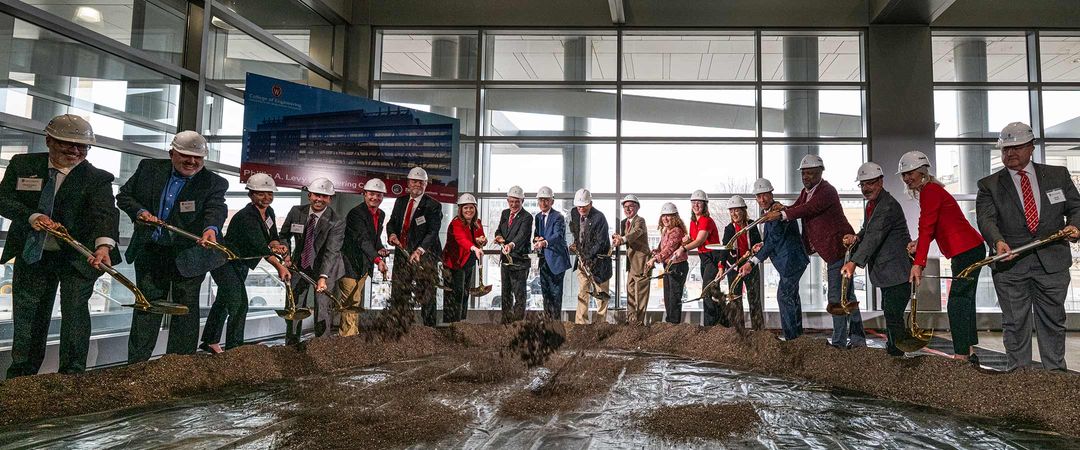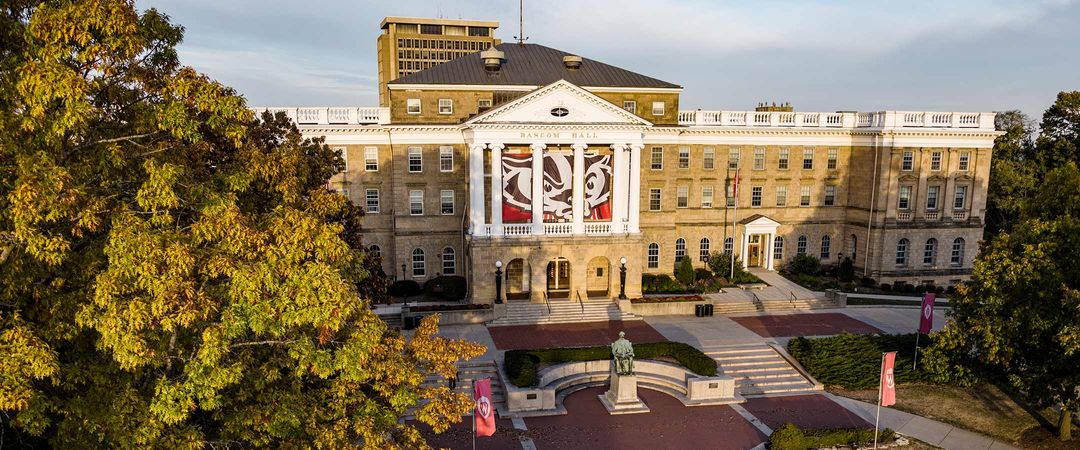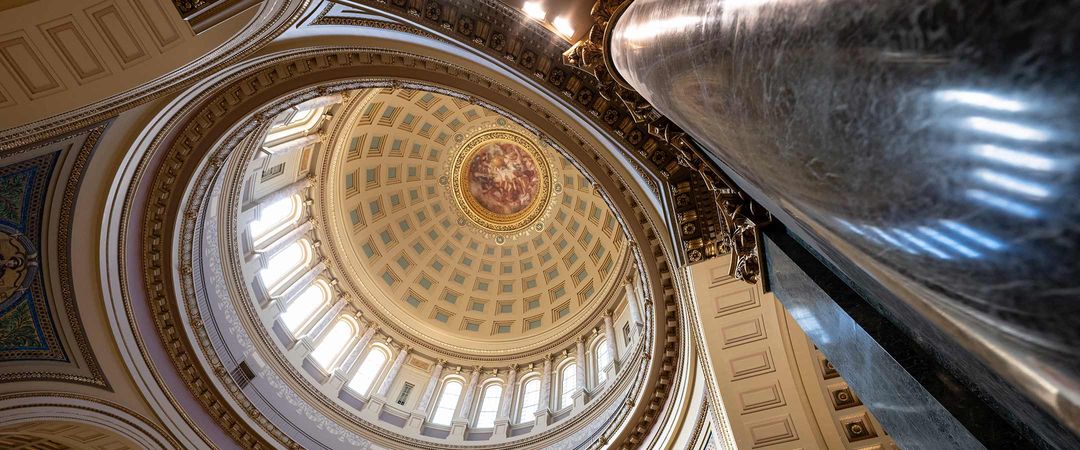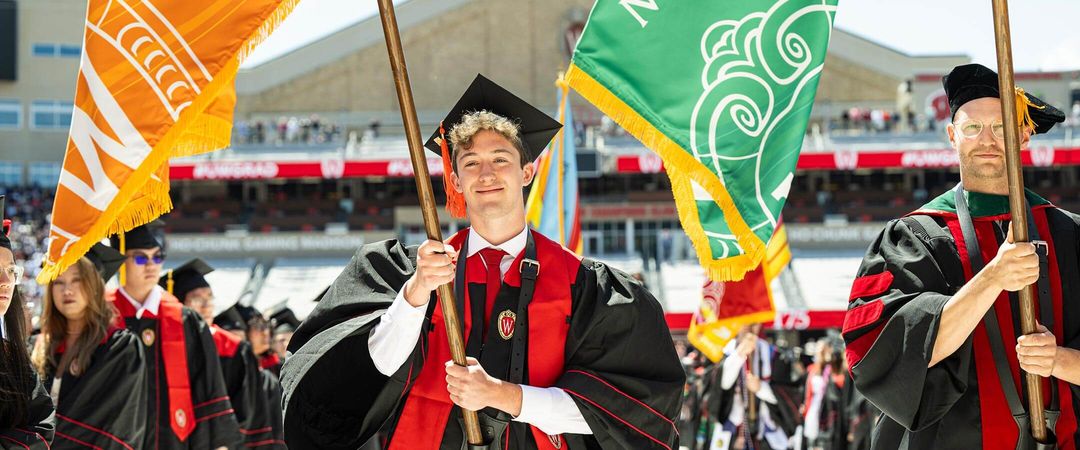At UW–Madison, more than 34,000 undergraduate students have access to more than 130 majors and seemingly limitless possibilities for their areas of study, yet one department connects more than half of them: chemistry.
Nearly 55 percent of students will take a chemistry course by the time they graduate, yet for decades, the chemistry department faced challenges due to outdated facilities built in the 1960s.
Many labs lacked proper ventilation and had limited space, forcing students to sit in hallways to take notes. By the mid-1990s, it had become clear that the chemistry department’s aging infrastructure could not safely operate or accommodate rising enrollment, particularly in organic chemistry, which saw its enrollment double between 1995 and 2015.
“An analysis done by the Office of the Provost showed that one organic chemistry lab course, Chem 344, was a bottleneck for students in all different majors getting their degrees,” says longtime chemistry professor and building committee cochair Robert McMahon. In 1996, he and other faculty members began advocating for a new facility geared toward undergraduate instruction. Alumni advocacy played a crucial role in securing $86.2 million of the $91 million in state funding that made the new facility possible. After years of development, the UW broke ground on the Chemistry Building’s new tower in 2018.
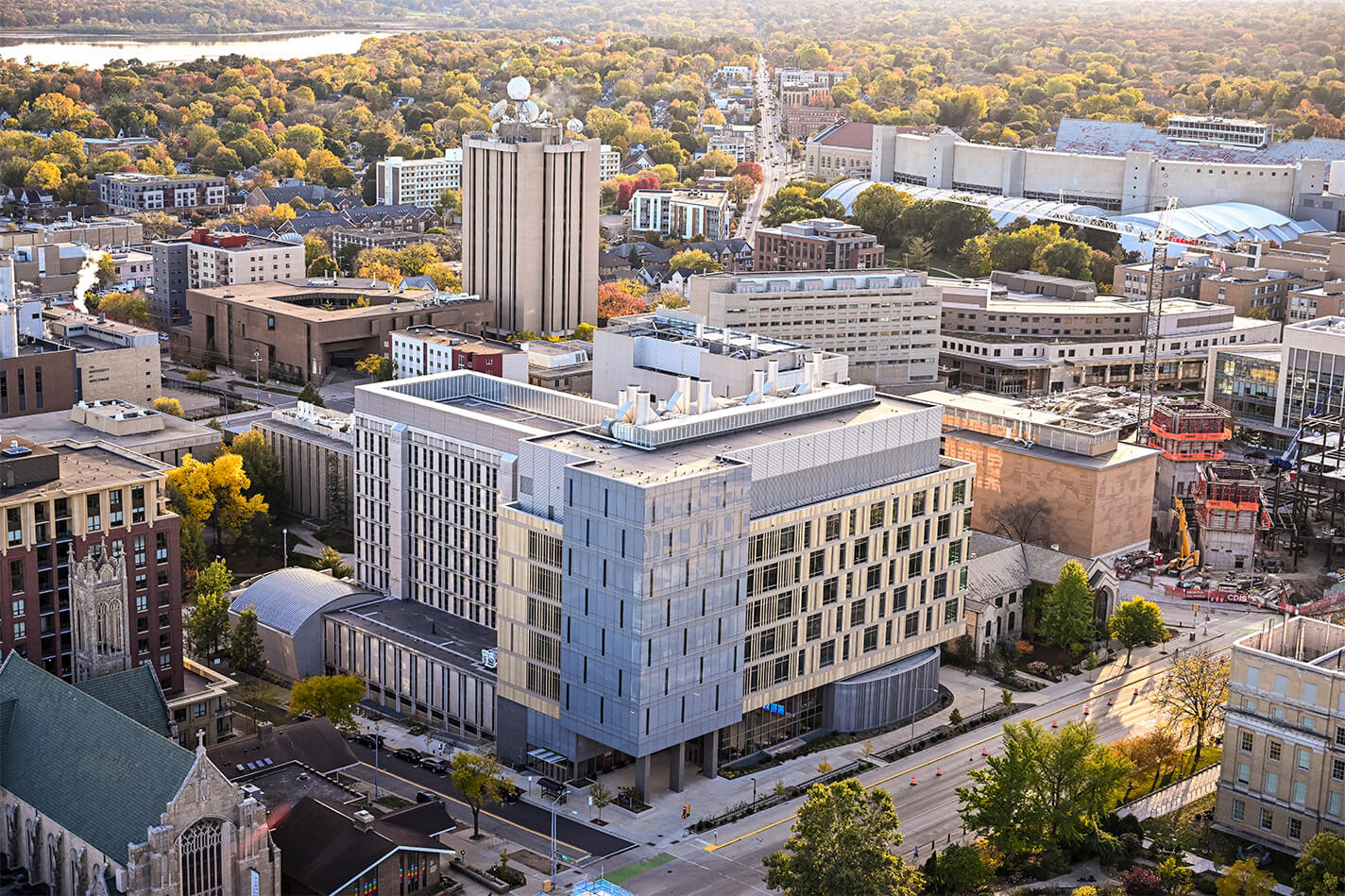
The $133 million project modernized the aging facility, enhanced research capabilities, and improved collaboration among faculty and students. Phase one added the North Tower, a nine-story building that houses lecture halls, an information commons, offices, teaching laboratories, and group write-up spaces for undergraduate teaching labs. The project’s second phase involved renovating the basement, first floor, and second floor of the Daniels wing, including long-needed improvements to the ventilation system and the addition of a sprinkler system.
Pam Doolittle PhD’00, a former graduate student and the department’s undergraduate program director, reflects, “It’s been quite a transformation. I navigated the transition into the new building in real time and can see the difference the new facilities make in the student experience.”
The North Tower opened in January 2022, with facilities (including a state-of-the-art learning studio, write-up rooms, and lecture halls with flexible seating) that thoughtfully address undergraduate students’ long-term needs. “There’s a lot of science out there to suggest that discovering concepts and collaborating in their learning is a better way for students to retain and fully integrate the concepts into their understanding,” Doolittle says. “It’s transforming the way that we teach in our building.”
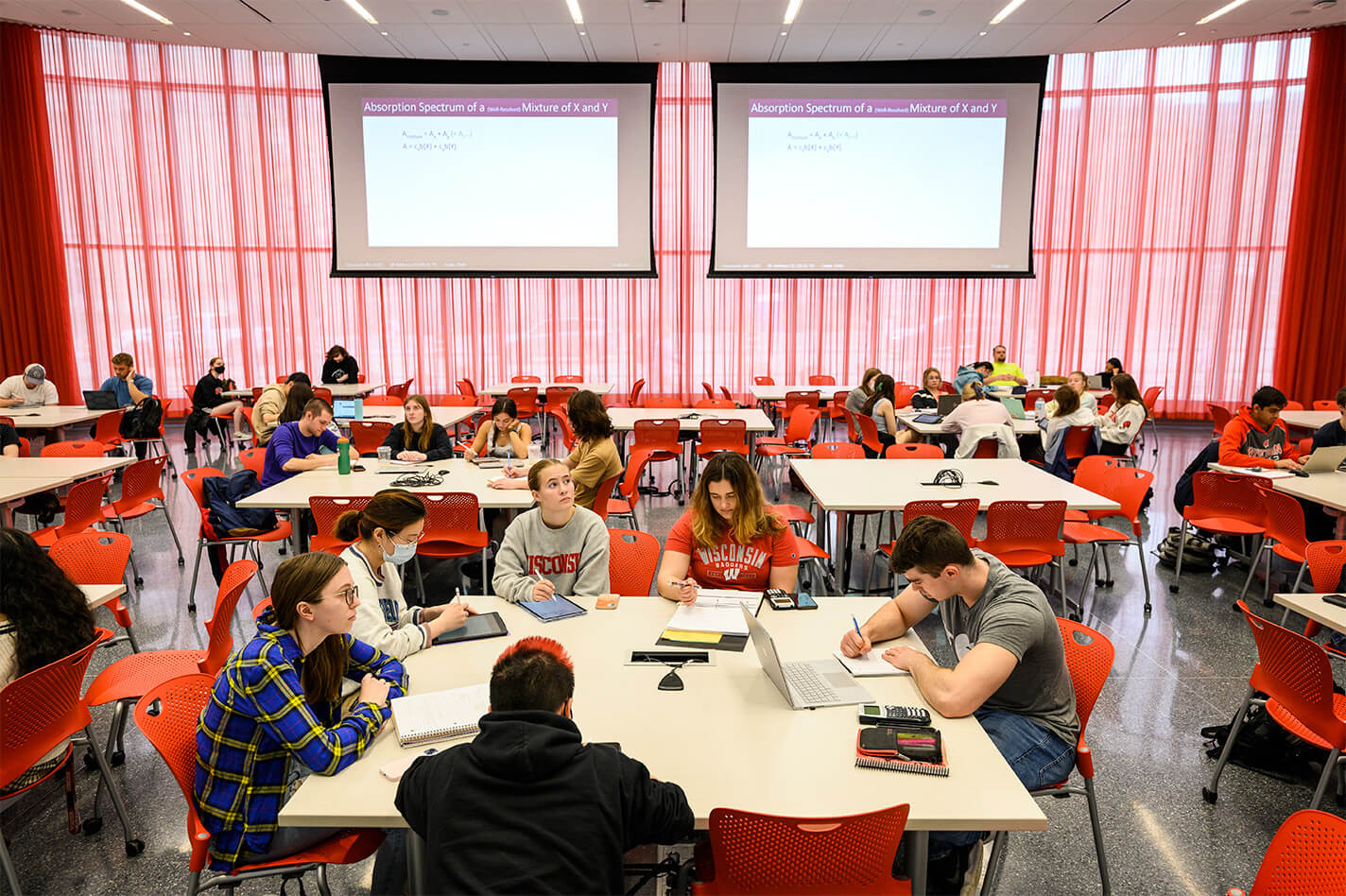
Another highlight is the addition of the new undergraduate special projects laboratory, which will have a lasting impact in the years ahead. “As an R1 institution, research is what UW–Madison does so well,” says Doolittle. “Students that come here really benefit from undergraduate research experiences, and having spaces and programs that are fully dedicated to them is going to be a big improvement to the way we're currently teaching. It will make a big difference going forward for our chemistry majors.”
Revitalizing the chemistry department’s facilities has expanded ideas of what’s possible in undergraduate education and strengthened UW–Madison’s capacity to prepare future leaders across various fields. In the 2022–23 school year, approximately 13,000 students enrolled in chemistry courses — without any bottlenecks getting in their way.
